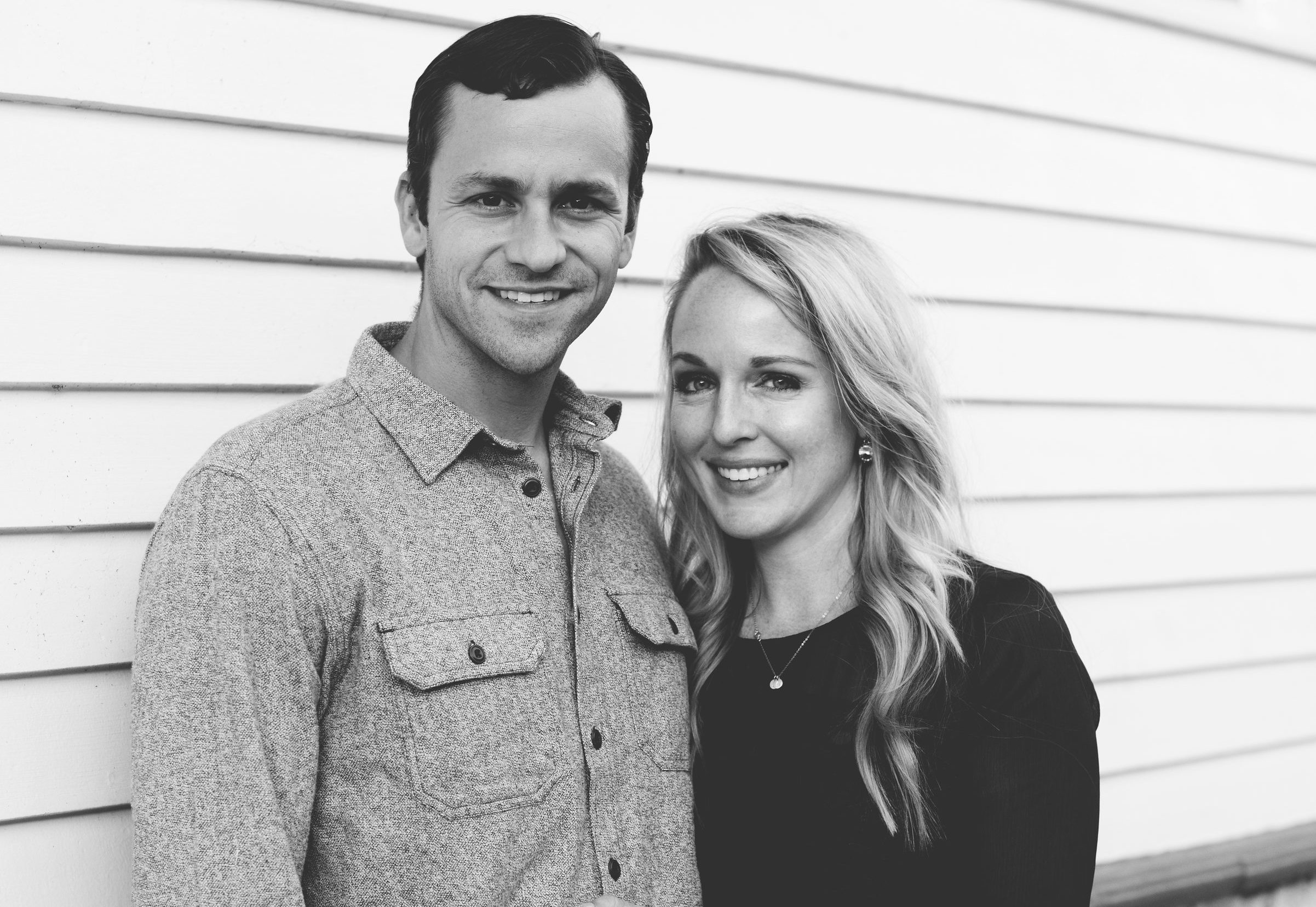A Christmas gift that changed our lives: mud

Three years ago Rachel gave me a Christmas gift that changed our lives: tickets to our first OCR (obstacle course race, aka “mud run”). It was the Warrior Dash, a relatively easy 5k distance race. It has been said that immediately after someone’s first OCR they either hate it or they’re hooked. We were hooked. Within the first year we did 7 races, and haven’t looked back. Now three years later, we’ve done over 20 races, captured a few age group placements at major events, and even qualified for the North American Championships last summer.
A lot of people ask us what we do to train for these races. The funny thing is, when we started out we didn’t do anything particular to train for them. We just showed up and found that many of the obstacles were fun and challenging, but certainly doable without serious and specific training. As we have evolved into OCR aficionados our workout routines have gravitated a little more towards those movements and exercises that reflect what you might find on the course. But not completely. Most importantly, you’ll probably notice what isn’t on this list: running. Sure if you want to be an elite competitor, improving your 10k time isn’t a bad idea. But for us, regular distance running is the type of monotonous “chronic cardio” that we try to avoid for all its pro-inflammatory, cortisol-stimulating effects. Instead, we focus on shorter high intensity workouts that lend themselves well to improved performance in OCR. Here are the top 4 OCR training workouts that we’ve identified:
1. CrossFit WODs
Particularly “AMRAP’s” and other WODs that involve running short sprints between sets of a given movement or lift. Think Nancy or Helen or Michael. In the week before a race, I usually like to do a Filthy 50 or some modification of it that I make up. Especially leading up to a Spartan Race, I like to mix in some burpees to prepare for my inevitable failure on the spear throw. CrossFit is a controversial topic for many, and we’ve really come full circle on it. We started with WODs back in 2007 long before its prolific rise to popularity and saw amazing benefits in strength and fitness. But now we see that the risk for injury and the high intensity doesn’t allow for optimal recovery. Or maybe we’re just getting old. Either way, if you can avoid injury or overtraining, CrossFit will certainly prepare you for most—if not all—the aspects of OCR.
2. High intensity interval training (HIIT)
HIIT has soared in popularity as places like Orange Theory have taken off. HIIT workouts are usually comprised of periods of strength movements (shoulder press, squats, lunges, etc) interspersed with short bursts of cardio sessions (row, run, or bike sprints). Sound a lot like doing an OCR race? Well, it is. HIIT may be the best way to prepare cardio-metabolically for the challenges faced on the course. You won’t find the mud or walls to climb, but you’ll be in shape to tackle them. Maybe we’re just lucky that our favorite HIIT instructor is a prolific OCR racer herself and has competed at World Championship level!
3. Sprints / Full court basketball
As discussed above, we are not big fans of distance running for a variety of reasons. But make no mistake, some 80% of an OCR is running so you have to have some baseline for this activity. But the good news is that the running you do in a typical 5-10k OCR can be thought of as a series of many smaller runs (250m-1600m) between obstacles. Not exactly sprint distances, but not nearly the same as grinding out a 10k run on its own. I’ve found that my weekly full court basketball game provides all the running that I need. Rachel likes to do barefoot sprints on the beach; a typical lesion is 5-10 total sprints lasting 10-20 seconds each. That’s it. And it seems to be enough. Last year, we ran the full distance Tough Mudder at just over 12 miles and it was easily the longest either of us had ever run. Don’t think you need to pound the pavement 4-5 times per week to “get in shape.” That can be better accomplished by sprinting…and playing basketball is more fun and a whole lot less weird than lining up for shuttle sprints on your driveway.
4. Grip Strength

Last but certainly not least. This is really more of a category than a singular workout and it’s unique on this list as the only training we started doing specifically for OCR. CrossFit, HIIT and sprinting will get you in shape and used to the variety of functional movements required for OCR, but none of them will prepare you for some of the toughest obstacles that require a unique combination of grip strength and body control while hanging. Races like Spartan, Savage, and Tough Mudder require participants to traverse a rig by hanging from their hands using a variety of holds ranging from the standard gymnastic ring or grip ball, to a tattered rope or bed sheet. The constant variety of things we are being asked to hang from and traverse is uniquely fun and challenging. It’s also difficult to train for by doing anything other than hanging from things. So we improvised and built a basic rig in our garage fitted with several rings, bars, and balls to swing from. We make occasional use of these grip strengthening rings, but nothing replicates the sensation of hanging your entire body weight from a tennis ball.

Do you do OCR races / mud runs? Let us know what your favorite tips and tricks for training by commenting below.
~Brendan
